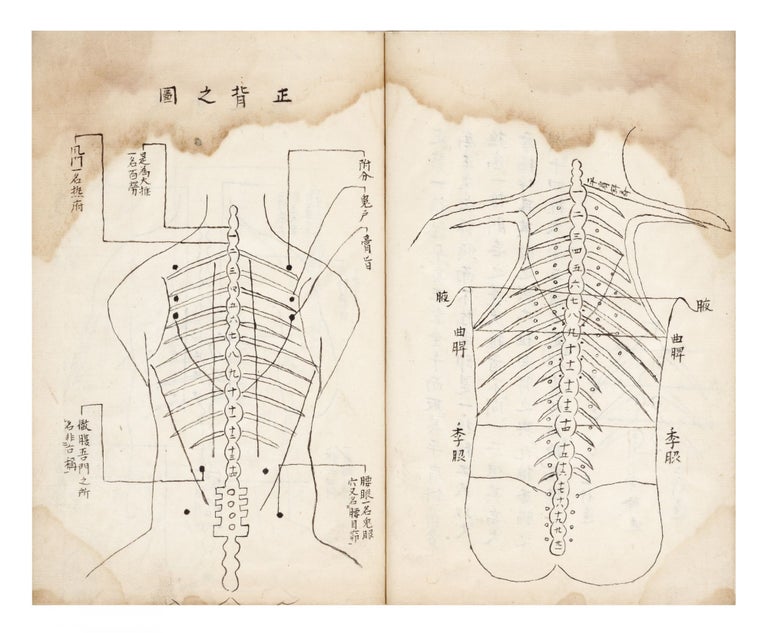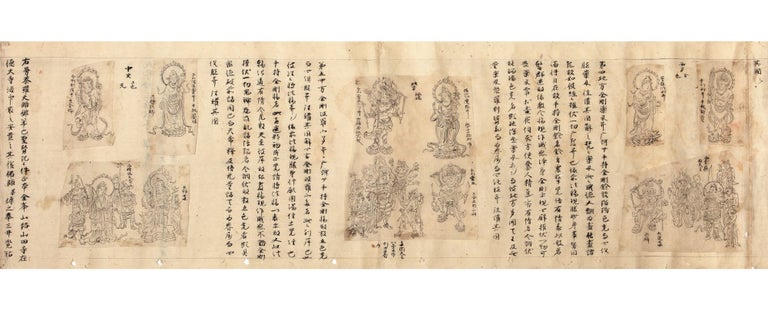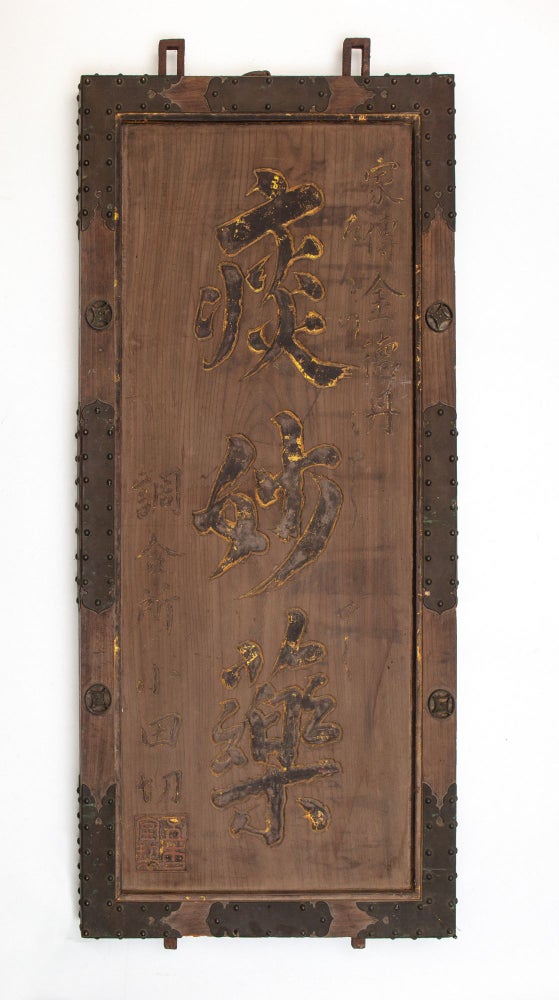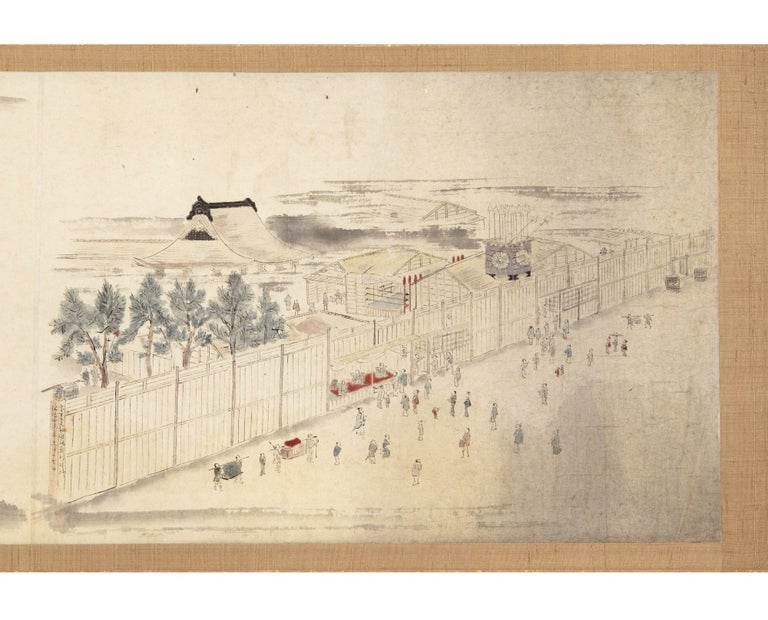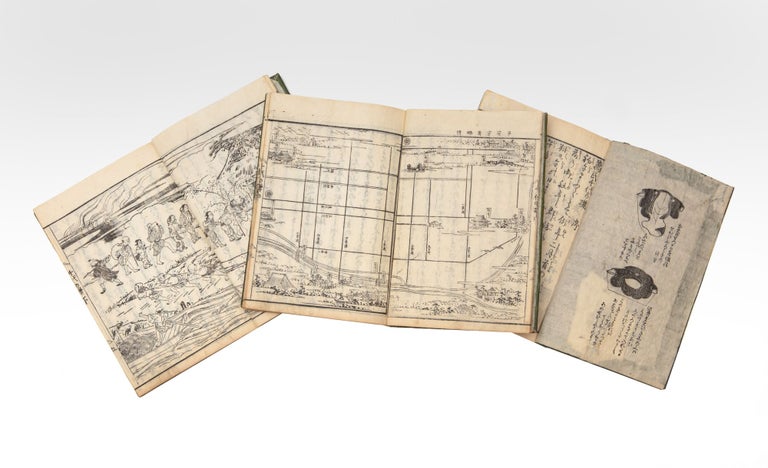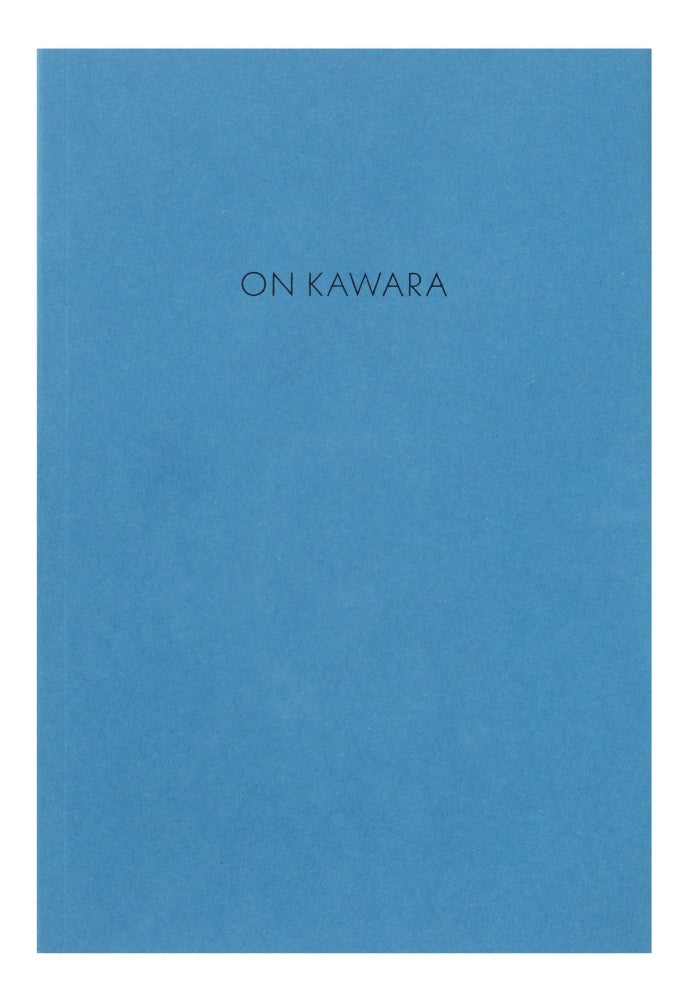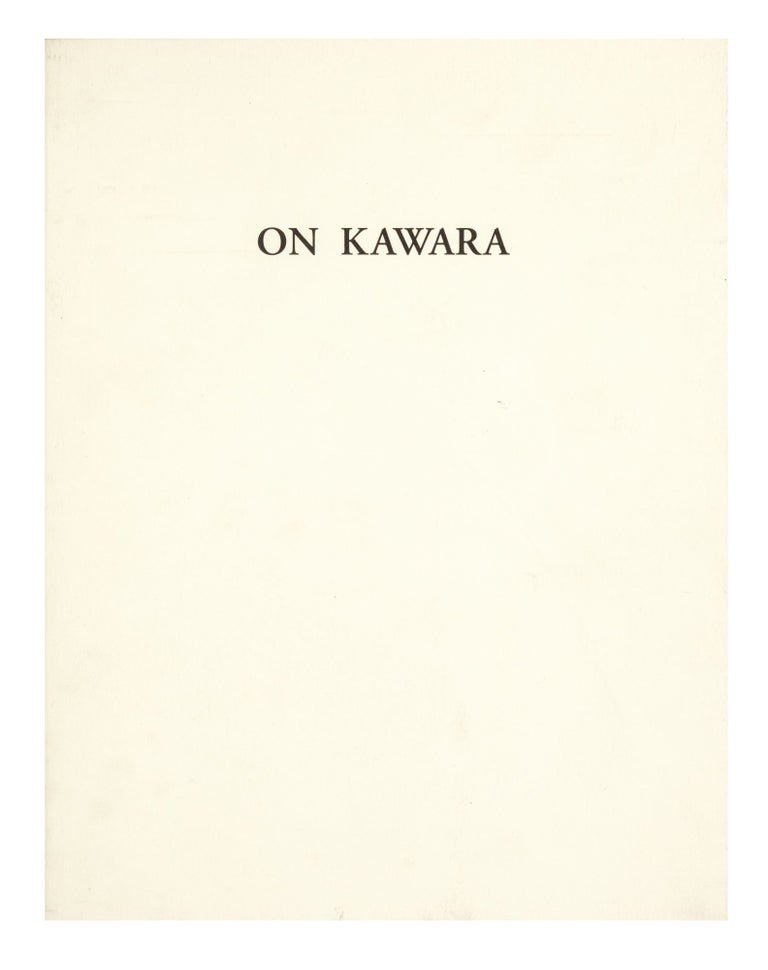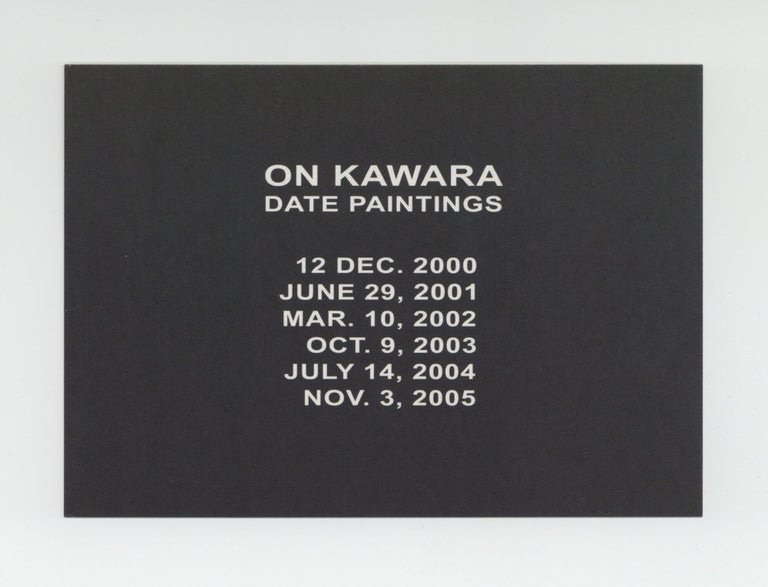Manuscript albums of notes and the original drawings & paintings relating to his notable publication...
Four vols. & two related vols. Large 8vo (275 190 mm.), orig. patterned wrappers, manuscript labels on upper covers, stitched. Japan: ca. 1911.
A fine archive of notes and drawings by Ishimoto, a notable interior decorator and fashion historian in Tokyo. The first volume is devoted to women’s court attire and contains 17 highly detailed and fine drawing and paintings, 14 of which are richly colored, of traditional costumes of women of different ranks at court. The artist has included front and back views. These drawings are all executed on graph paper with mica and contain manuscript notes regarding the... More

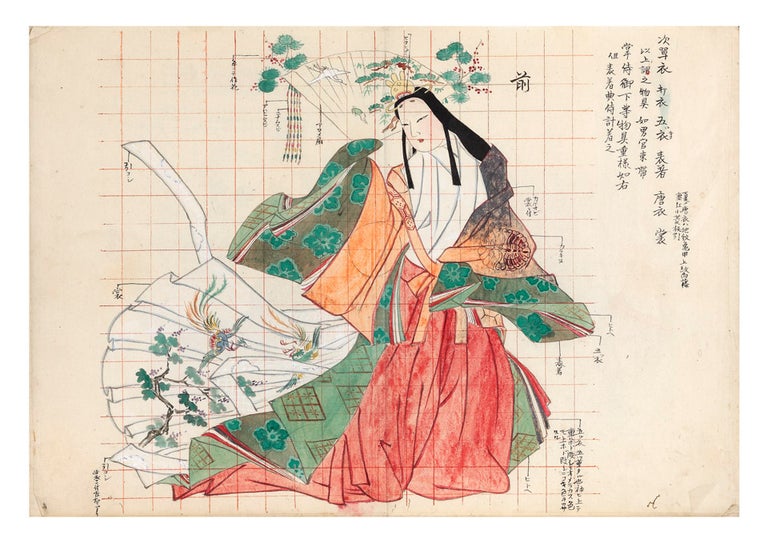
![Item ID: 9992 Honzō zufu 本草圖譜 [Illustrated Materia Medica]. Kan’en...](https://jonathanahill.cdn.bibliopolis.com/pictures/9992.jpg?width=768&height=1000&fit=bounds&auto=webp&v=1707151965)
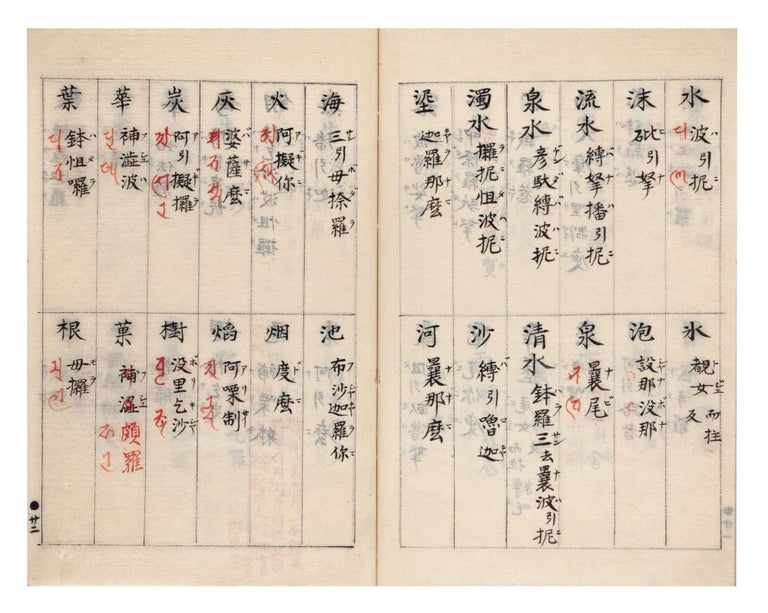
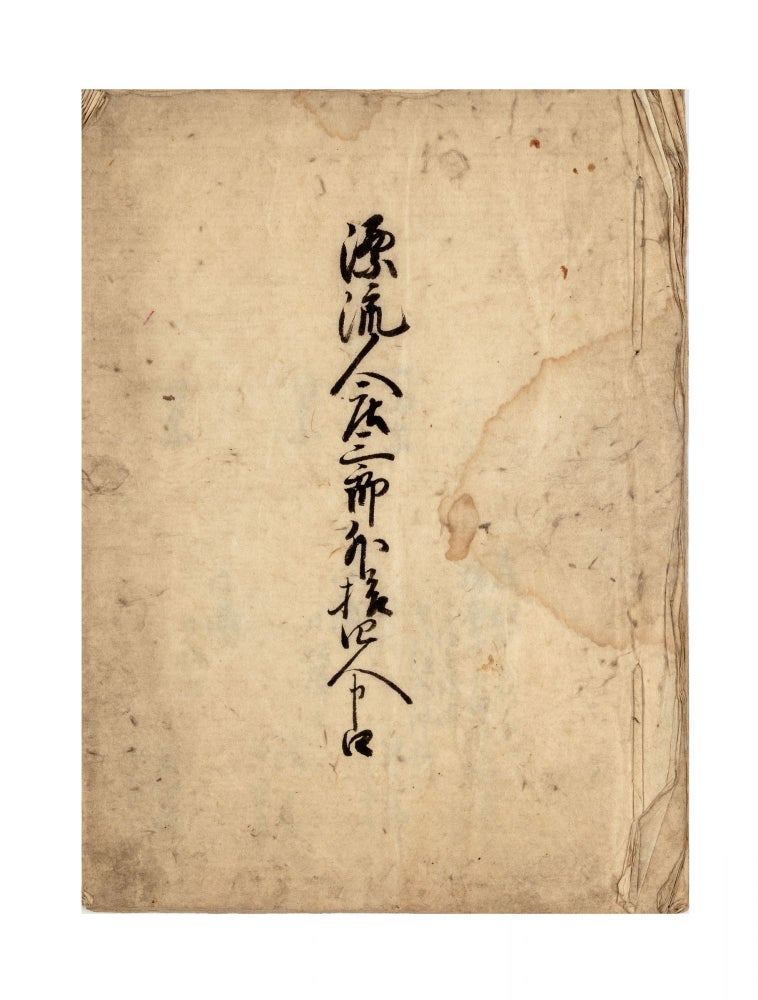

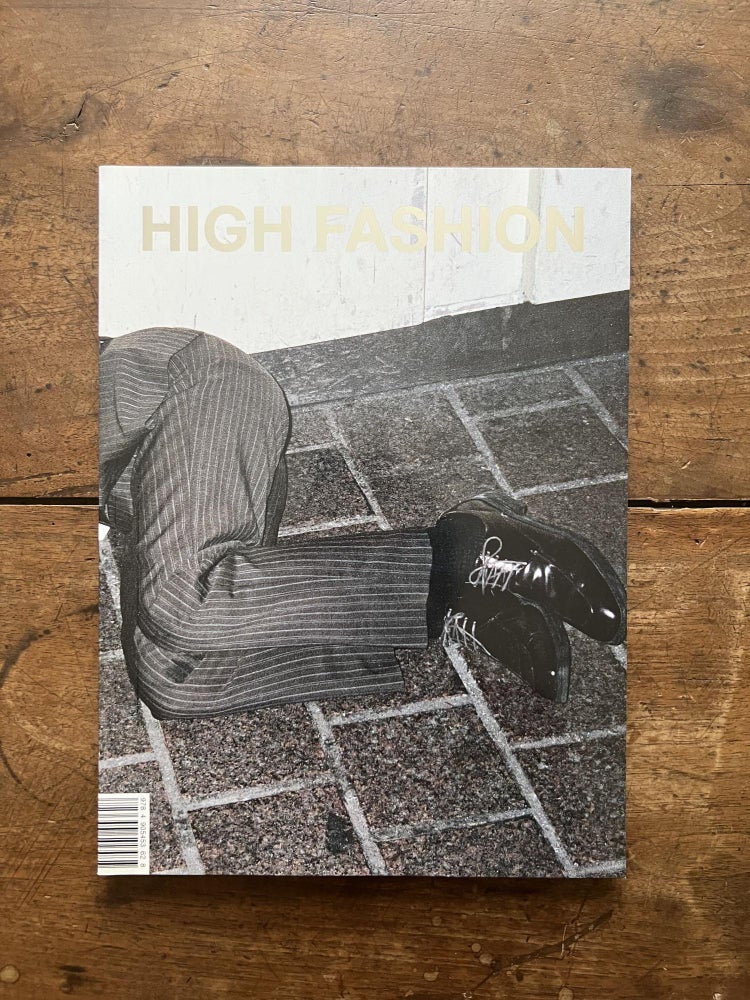
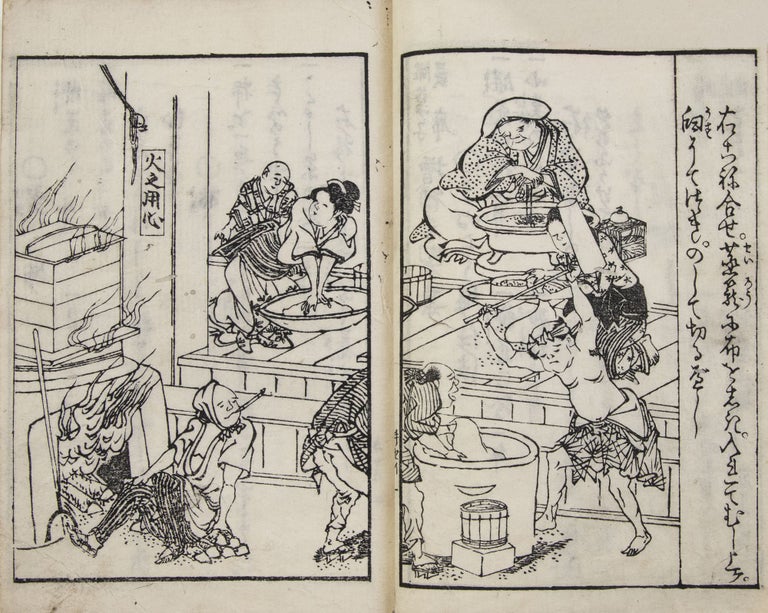
![Item ID: 6294 Tezuma hayadenju [trans.: How to Learn Magic Tricks Quickly]. Ichimaru JIPPOSHA](https://jonathanahill.cdn.bibliopolis.com/pictures/6294.jpg?width=768&height=1000&fit=bounds&auto=webp&v=1534427410)
![Item ID: 7326 [Good Horse Treatment Explained]. JIZANSHI](https://jonathanahill.cdn.bibliopolis.com/pictures/7326.jpg?width=768&height=1000&fit=bounds&auto=webp&v=1603132330)
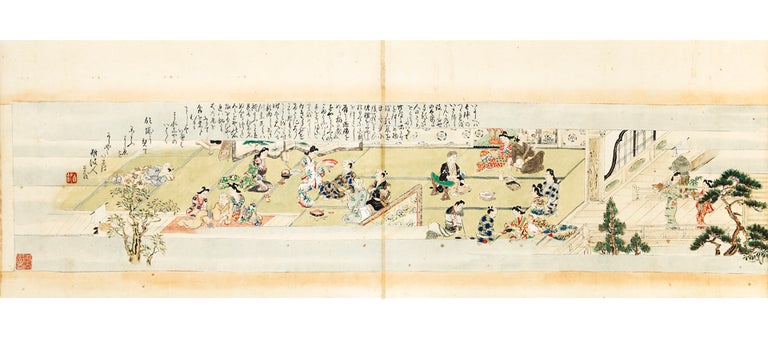
![Item ID: 8981 Seikotsu shinsho 整骨新書 [New Book on Osteology], complete with atlas entitled...](https://jonathanahill.cdn.bibliopolis.com/pictures/8981.jpg?width=768&height=1000&fit=bounds&auto=webp&v=1686302648)
